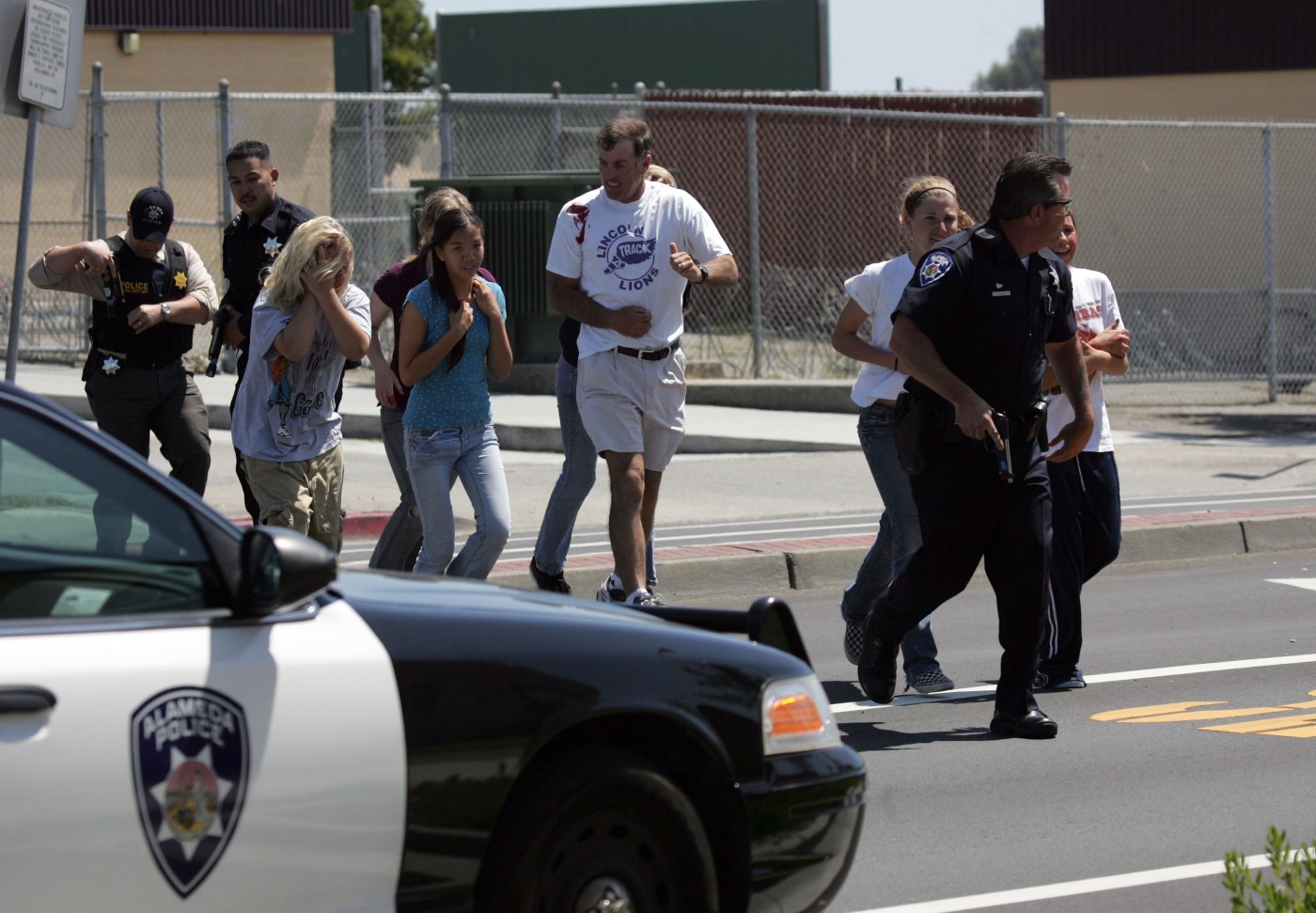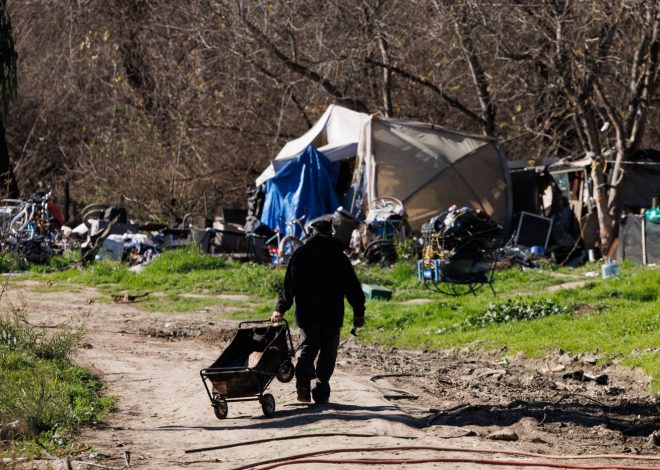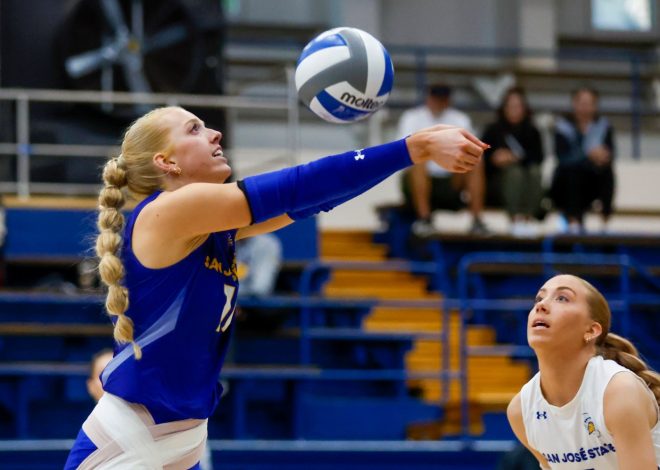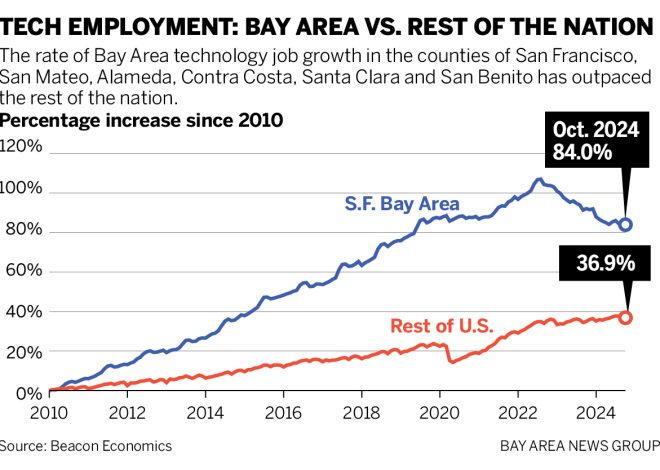
School active shooter drills don’t boost safety, students say
Editor’s Note: This article was written for Mosaic, an independent journalism training program for high school students who report and photograph stories under the guidance of professional journalists.
South Bay high school students overwhelmingly criticize the way their schools practice active shooter drills, saying they don’t make them feel safer, a small informal Mosaic survey has found.
Of 15 students from various schools sampled, 80% said current drills fail to effectively prepare them for a real emergency. As a result, they strongly support a new law that mandates more structured shooter drills for all California public schools.
Assembly Bill 1858 orders standardized drills and provides for state guidance on them. It goes into effect Jan. 1.
Students who participated in the Mosaic survey can’t recall a time when they didn’t practice shooter drills, making this generation unusually qualified to assess them.
Lena Chavez, an Abraham Lincoln High School senior, recalls her first drill: “kindergarten.” Chavez said. “We used to barricade but now we usually only lock doors.”
Chavez welcomes the “Safe and Prepared Schools Act” that Gov. Gavin Newsom recently signed into law.
Currently, schools can decide if they want to stage drills and how. The bill, introduced by Assemblymember Chris Ward, D- San Diego, is a step toward standardizing active shooter drills while also protecting students’ mental health. The state Department of Education is charged with drawing up specific requirements and implementing them.
To provide a snapshot of what South Bay high school students’ think about the active shooter drill mandate, Mosaic asked them to complete an online questionnaire and spoke with the respondents. They expressed strong support for one of the guidelines: making active shooter drills age appropriate.
Related Articles
Crochet catches on as a new hobby for Bay Area teens
Vietnamese treats, vendors light up East San Jose night market
Día San Jose’s bling and brightness honor loved ones and celebrate Latino culture
Why millennial indie singer Mitski attracts teen audiences
Church outdoors? One San Jose pastor says it spreads the word
For all ages, the law bans the use of fake weapons, blood, and simulated gunfire.
“I agree with these restrictions,” said Sonia Mankame, a junior at Santa Clara High School. “I do not believe it is worth traumatizing individuals to get across the severity of the topic.”
A majority of respondents agreed. They questioned whether drills are worth the anxiety they create. “Fear shouldn’t be instilled to coerce students to follow through the drills,” one respondent wrote.
But students split over another new requirement — giving parents’ advance notification before a drill. Karissa Garza, a sophomore at James Lick High, supports it. “Parents should know and have the right to know that their kids are going through these drills to remain as safe as possible,” Garza said.
However, Del Mar High sophomore Chimaya Morgan thinks the guideline defeats the drill’s purpose. “During an actual shooting, parents will not get notified until after the shooting stops,” said Morgan, “It’s not realistic.”
Should students also be notified in advance? That’s not required under the law. Students in the survey also are divided on that issue.
Elisha Rodriguez is among the almost 50% who said students should be alerted. “Students should be notified because they may need emotional preparation,” said Rodriguez, a senior at Lincoln High School.
“I don’t think we should be notified,” Del Mar High senior Sara Nieman said. “Students will become better prepared for an emergency due to irregular drills.”
The survey found students worrying that drills have lost their impact because they’re no longer taken seriously. The scare factor has worn off for some students.
“We just sit quietly until the announcements tell us it’s over. Then it’s a normal day again,” Lincoln High senior Ghazal Vaghefzadeh said.
One striking finding from this snapshot: Every student said they’ve been hiding under desks and barricading since elementary school. These drill pros have suggestions for Ward and state education officials as they prepare to implement the law.
One respondent, a senior at Silver Creek High, suggested learning to hide in larger spaces instead of just classrooms. “I would want it to be at a random part of the day,” they said. “If it were break, we could practice running out on the field.”
For students who are in their classrooms, Garza at James Lick High suggested taking a tip from her school to show students how to stay out of sight.
“They teach us about the line of sight or the ‘death zone,’” Garza said, “You don’t want to be in that field of view because it’s the easiest way for a shooter to spot you.”
Del Mar sophomore Mac Enriquez suggested more impromptu drills to better prepare for a surprise attack. “Our drills are always planned and timed,” Enriquez said. “A real shooter situation wouldn’t give us the mercy of preparing for it.”
Lawmaker Ward declined to respond to Mosaic on student suggestions from the survey. His legislative aide, Caleb Beaver, who worked on the bill, said he was pleased to hear the student responses.
Beaver said that schools have the ability to choose what they teach in shooter drills. He said he hopes the legislature will incorporate South Bay high school students’ suggestions into future legislation.
He also hopes the changes help skeptics like Del Mar sophomore Mac Enriquez feel safer.
About the drills, Enriquez said, “They leave me upset with the fact that we have to do these things, but it also doesn’t help me feel safer.”
Iris Sanchez is a freshman at San Jose State University.


